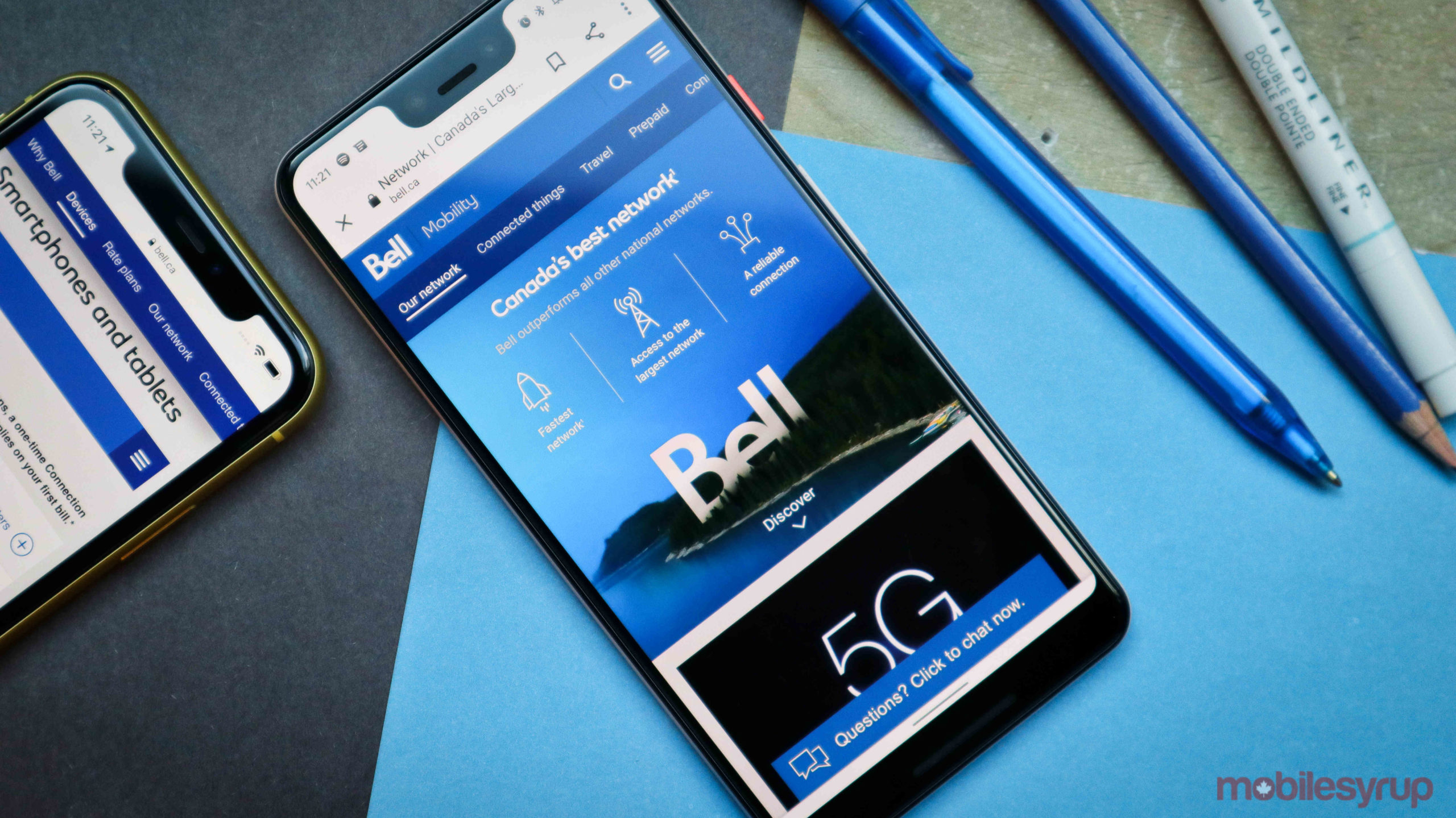
Montreal-based national carrier Bell added 23,650 new postpaid wireless subscribers in Q1 2020, a decline from the 50,204 reported in the same period a year ago.
In its earnings report released on May 7th, Bell notes that subscriber and promotional activity was affected by the temporary closure of retails stores, which drove the 11.9 percent decline in postpaid gross additions.
The carrier also reported 4,055 prepaid net losses in the quarter, compared to the 11,922 in Q1 2019. Bell says this was largely driven by continued demand for its low-cost Lucky Mobile prepaid service.
Bell’s total wireless subscriber base totalled 9,977,557 at the end of the quarter, which is a 5.2 percent increase from the same period a year ago. The number includes 9,183,590 postpaid subscribers and 793,967 prepaid subscribers.
The carrier is also “withdrawing 2020 financial guidance due to uncertainty regarding duration and impacts of COVID-19.”
“While the crisis significantly impacted retail activity, media advertising revenue and many other parts of our business in Q1, our solid results underscore Bell’s ongoing leadership in network and service innovation, and consistently strong execution by the Bell team,” said Bell CEO Mirko Bibic in the earnings report.
Bell says that it has achieved its best churn ever with a rate of 0.97 percent, which it says reflects reduced market activity due to COVID-19. This is a significant change from the 1.07 percent reported in Q1 2019. Churn rate is the percentage of subscribers who discontinue their subscriptions in a month.
The carrier’s ABPU (average billing per user) decreased 2.7 percent to $65.53, compared to the $67.35 reported in Q1 2019. Bell says this is mainly the result of a decline in data overage revenue from more subscribers on unlimited plans, and lower roaming revenue from reduced travel and waiving of roaming charges due to COVID-19.
Bell notes that internet data volumes have increased as much as 60 percent during the day, and 20 percent in the evening. Bell says landline and wireless voice traffic has increased by up to 200 percent at peak times, and conference calling is up 250 percent. It also reported a 75 percent increase in the usage of its Crave streaming service.
Bell’s total wireless operating revenue decreased two percent to $2.03 million due to lower product revenue. In the same period a year ago, its wireless operating revenue was $2.12 million.
“Despite the impacts of COVID-19, Bell delivered positive service revenue and adjusted EBITDA growth in Q1, supported by ongoing broadband wireless, Internet and IPTV subscriber base expansion and a 2.6 percent reduction in total operating costs,” said Bell CFO Glen LeBlanc in the report.
Its total operating revenue in Q1 2020 was $5.68 billion, compared to the $5.73 billion reported in the same quarter last year.
During its investor relations call, the carrier stated that although its initial 5G network is ready, it is waiting to launch it to due to several reasons. The carrier said it is not the right time to launch it in terms of marketing, and that it doesn’t align with consumers’ priorities right now. As for the spectrum auction happening later this year, Bell states that it hopes it continues as scheduled.
Update 07/05/20 7:45am: The headline was updated for clarity.
Source: Bell


